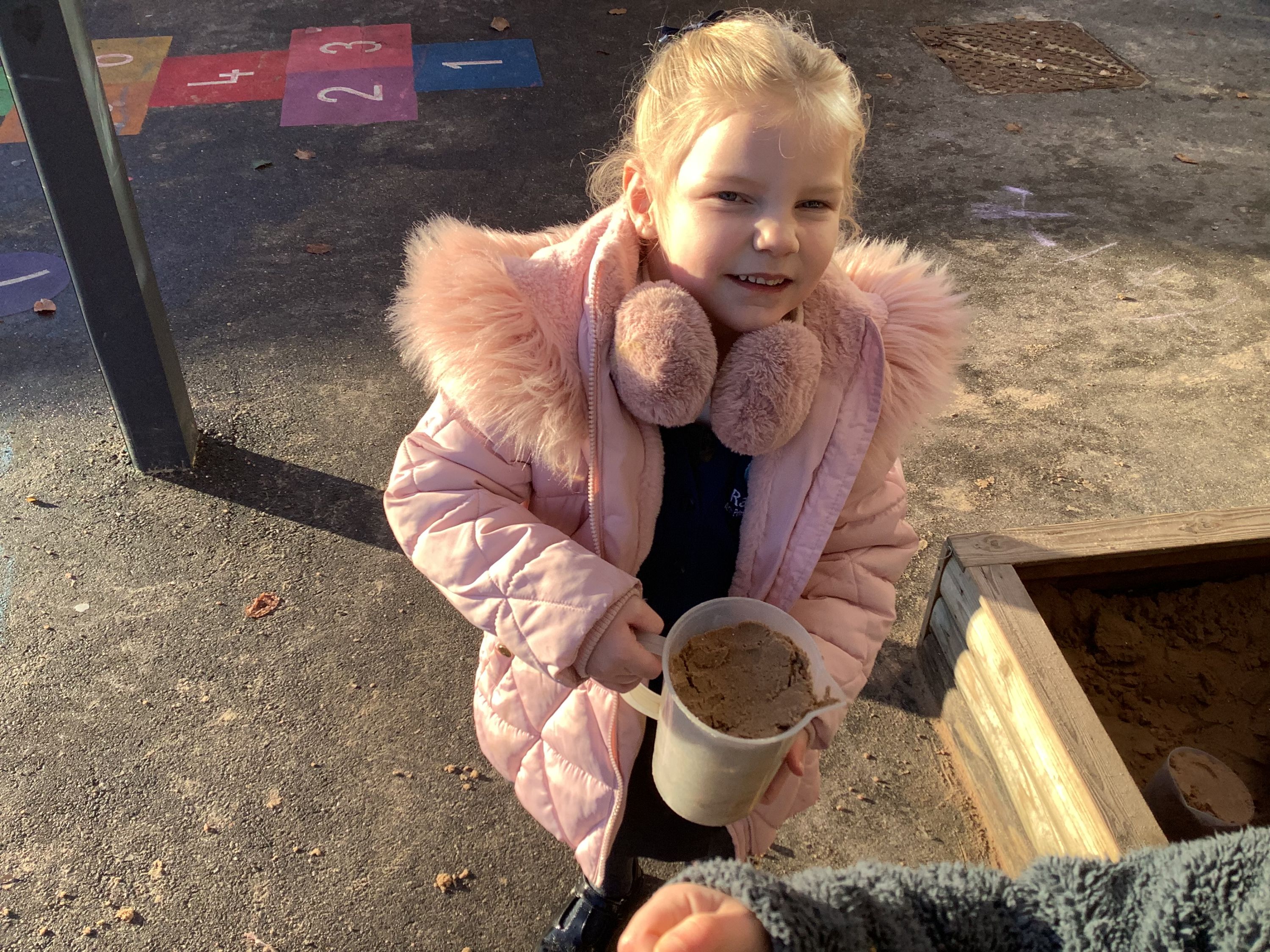Maths: mass and capacity
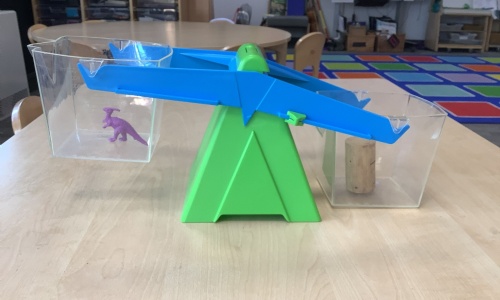
This week we have been learning about mass and capacity.
When looking at mass we learnt how to use scales, how to estimate using ourselves as human scales and how to order items by their mass. You could ask your children about how heavy or light an object is, which object is the heaviest or lightest, or as a challenge, order objects according to their mass.
When looking at capacity we learnt about containers and which one would be best for Mr. Jones and Mrs Smart to use if they were reallllyyyyy thirsty (a unanimous vote for the largest container). We each had a cup and filled them with sand, water, pompoms, beads, pegs or loose parts. You could ask your children to tell you when containers they use are full, empty, almost empty or almost full, as a challenge you could ask them to tell you when their cup is half full (or debate if its half empty to bring some philosophy to your evening or weekend)
Using scales, one stones mass is equal to the mass of multiple corks:
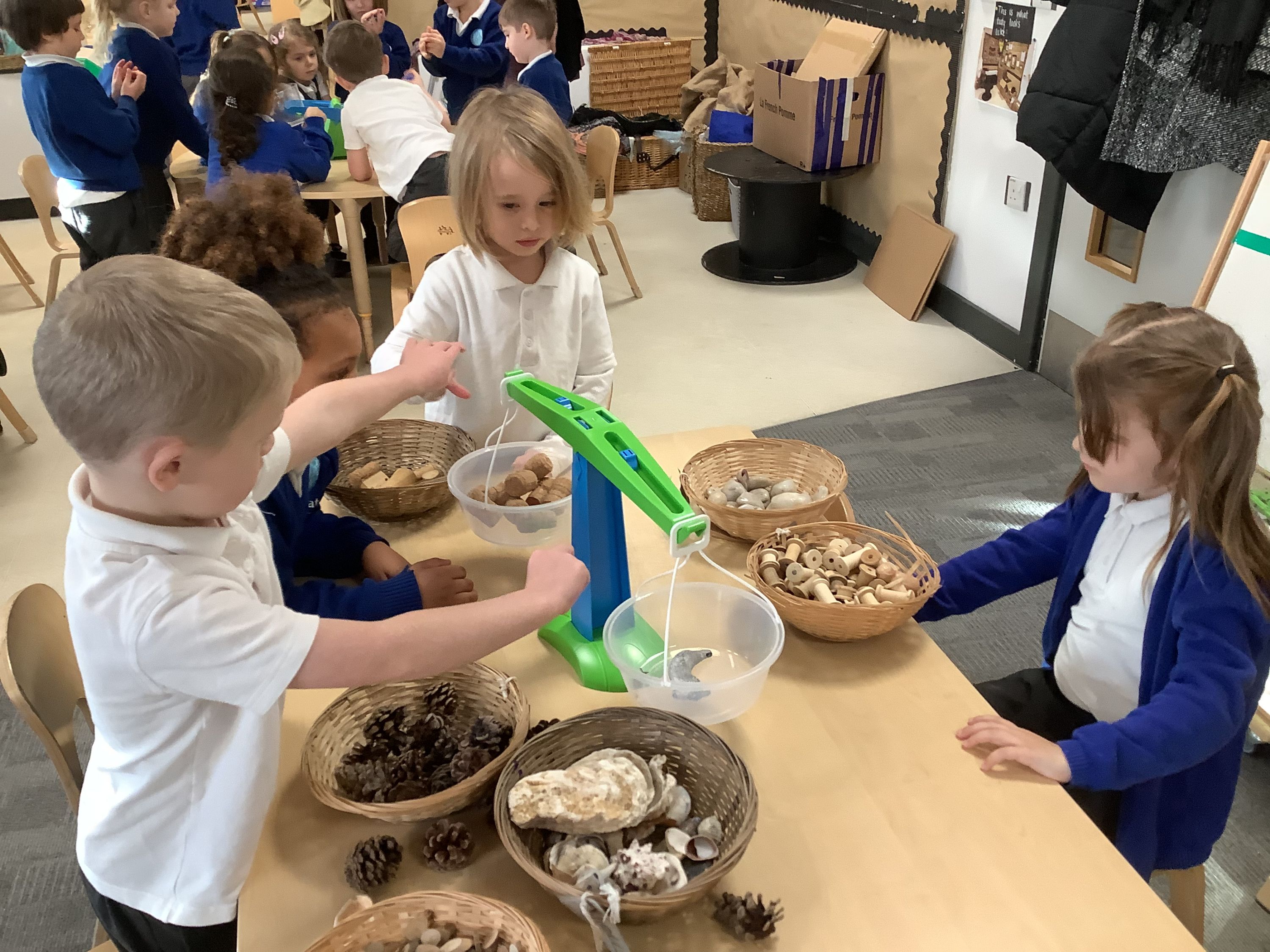
Have we overloaded the scales? A debate that wasn't concluded.
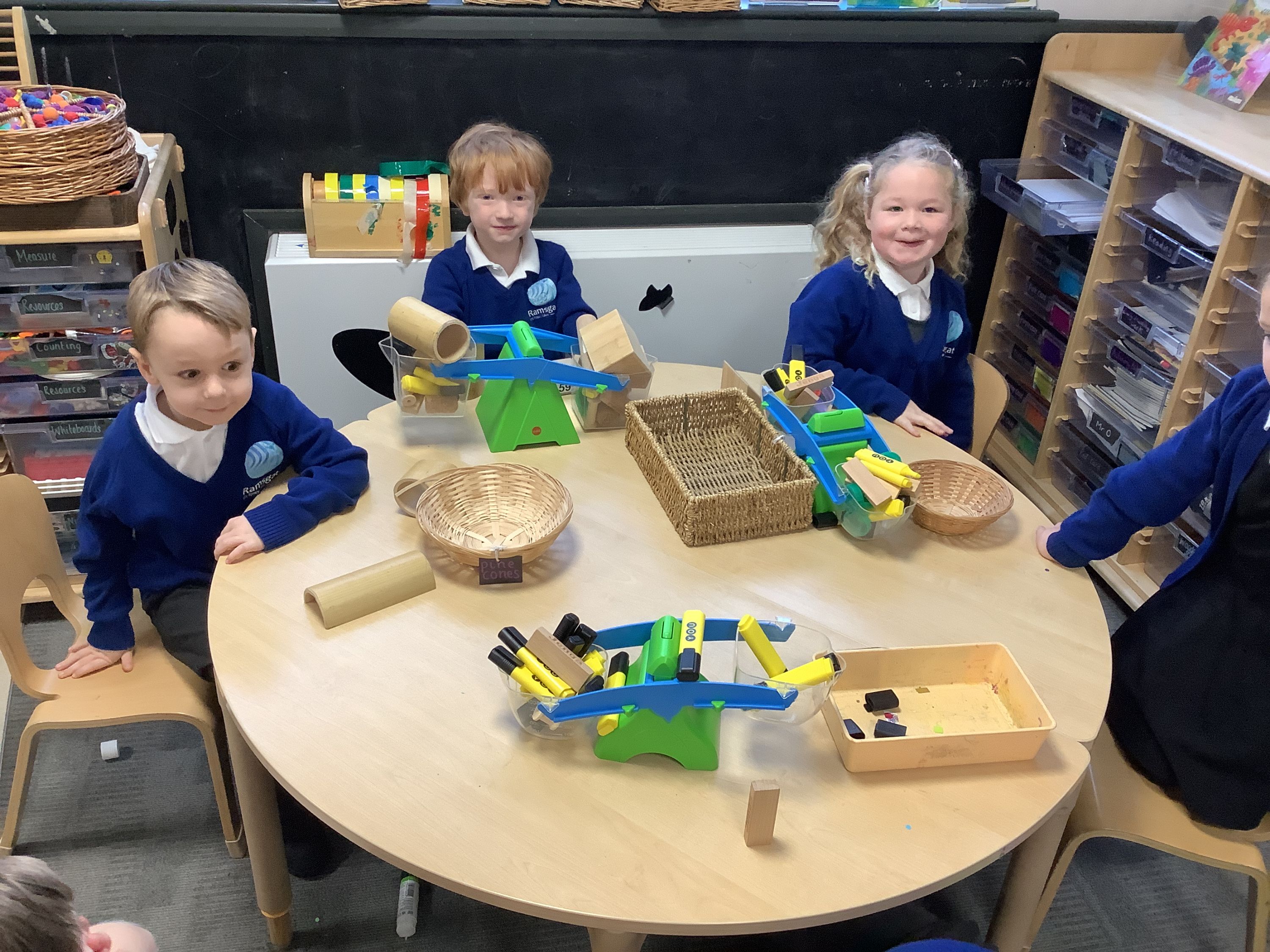
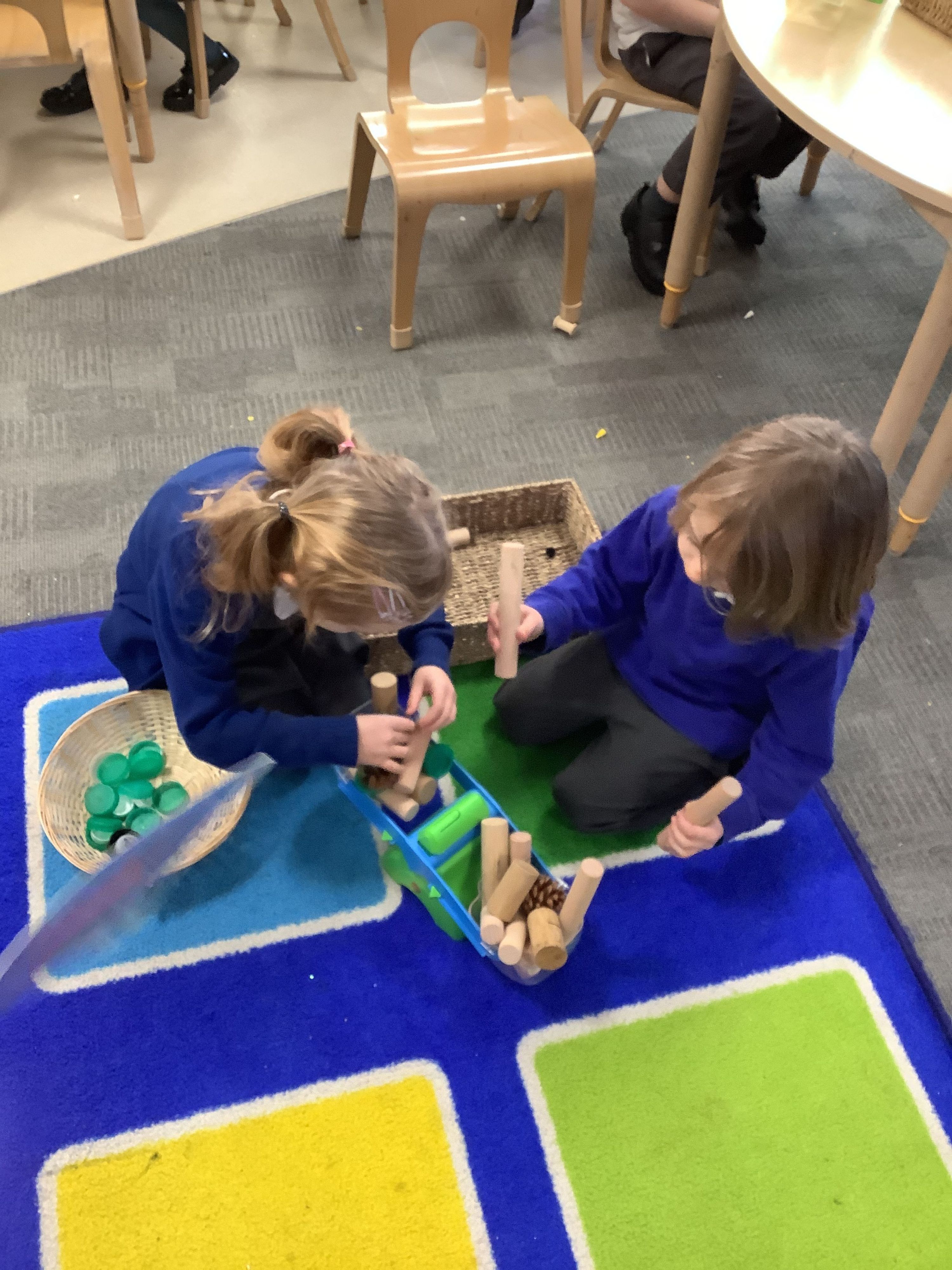
Trying, and succeeding, to balance a set of scales:
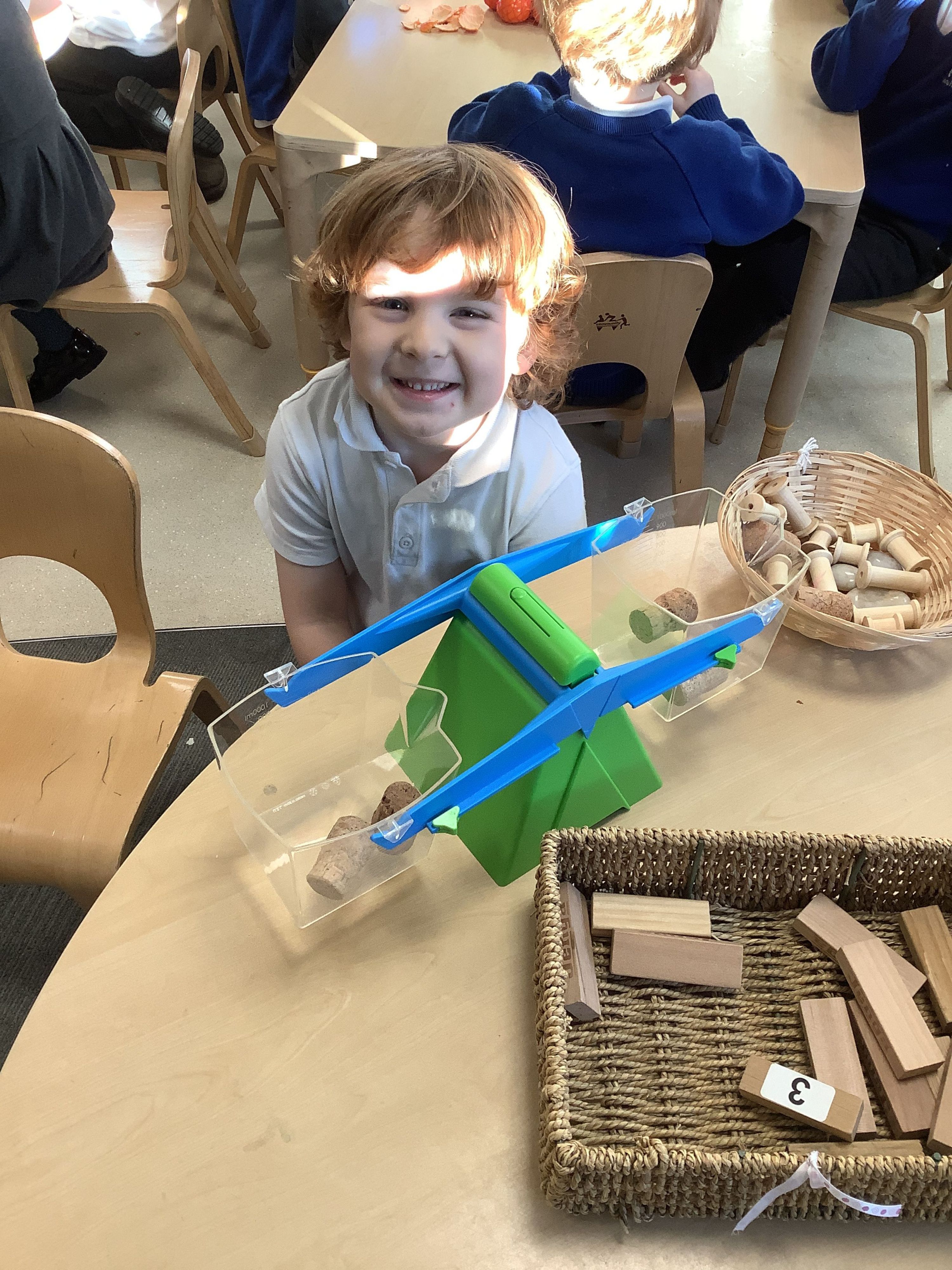
Organising by mass; we learnt that size doesn't always mean an object has more mass, here, our object with the smallest mass was the largest by size!
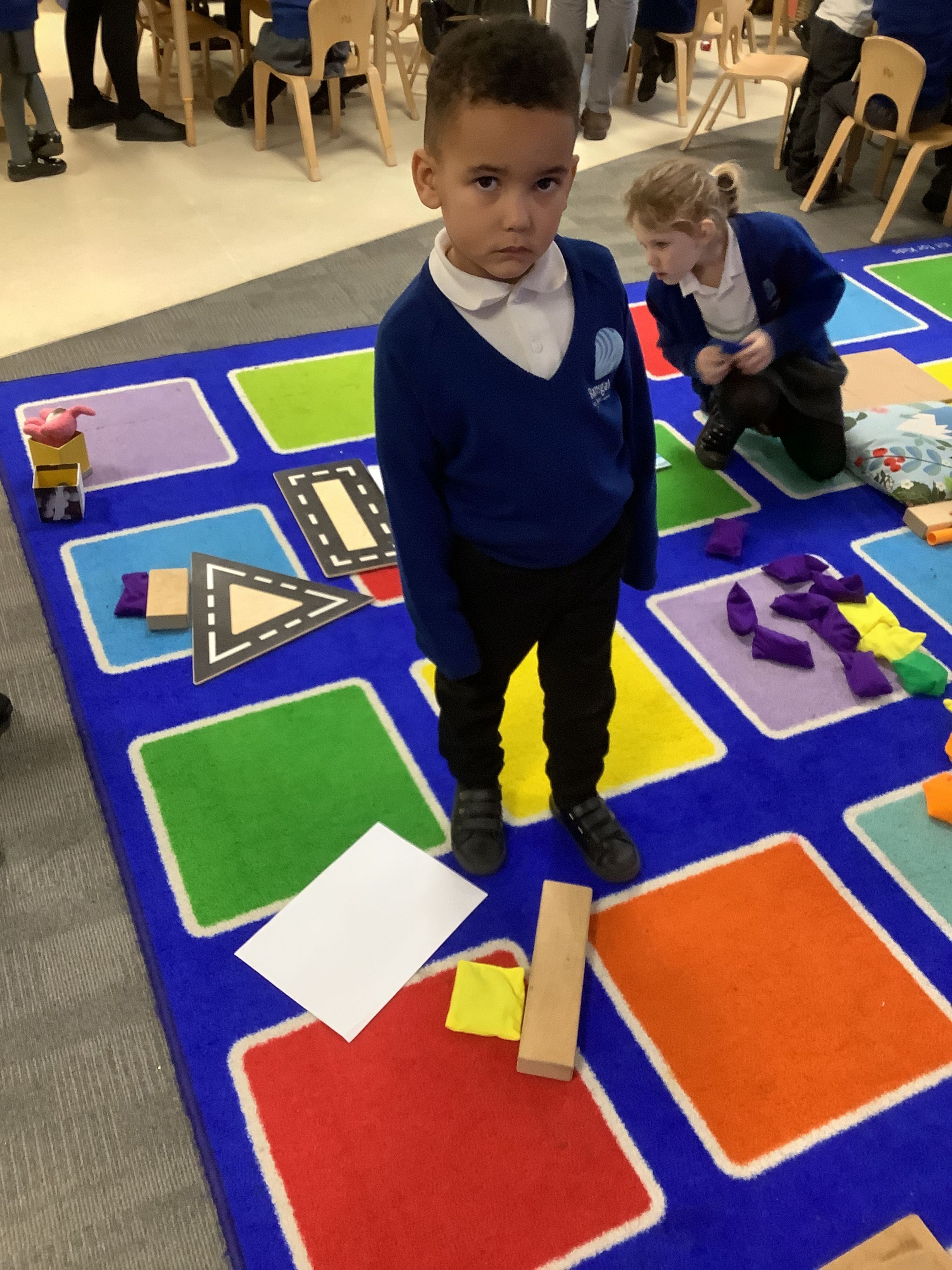
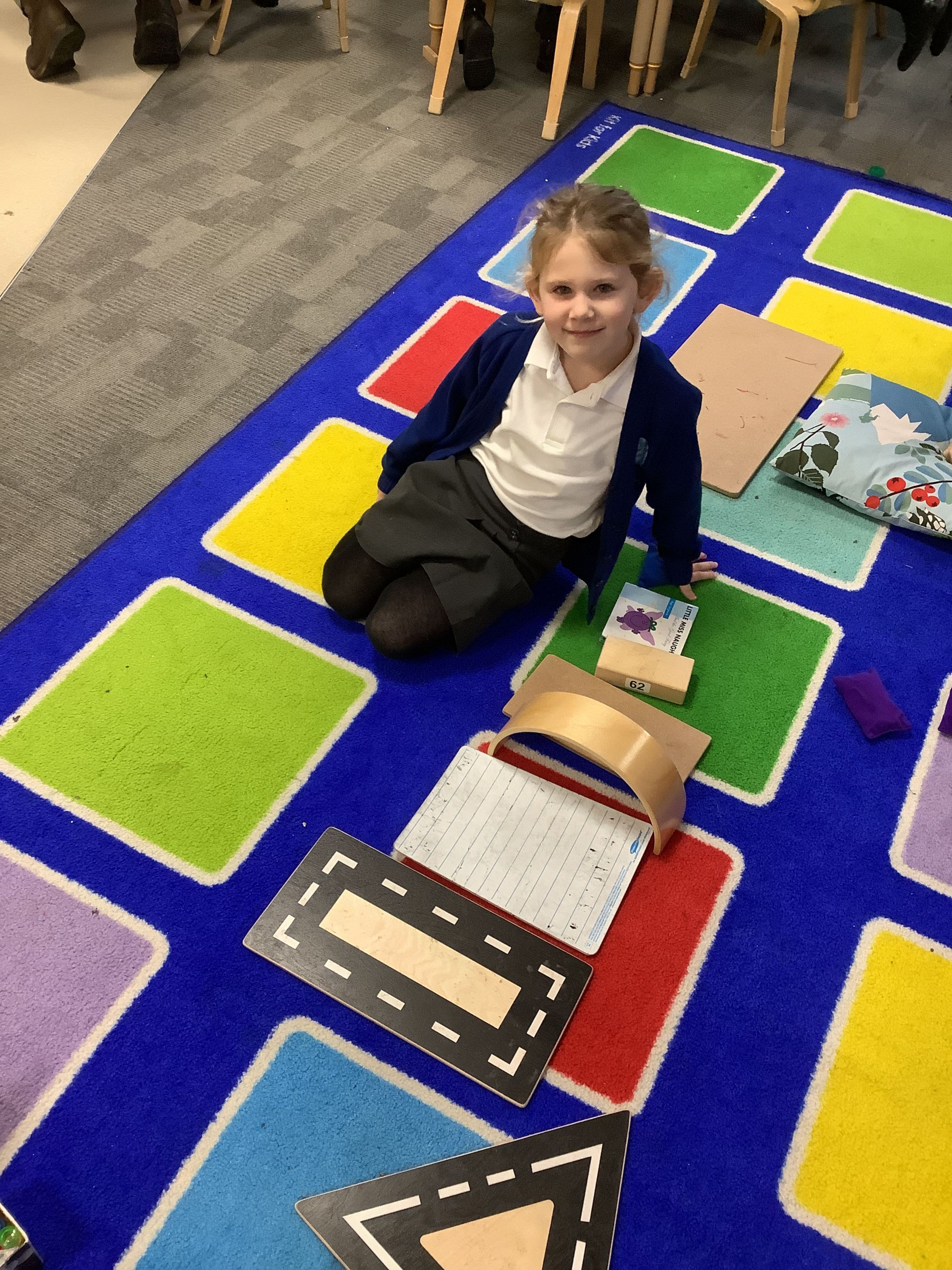
Capacity! This container is almost full:
